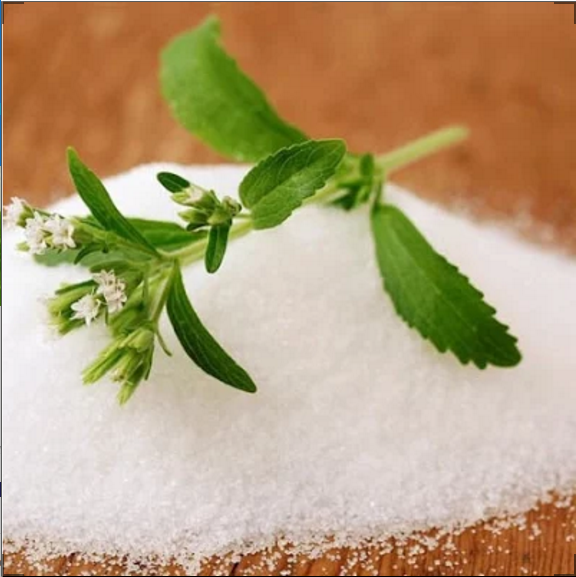Sugar output in China's
major sugar producing areas in 2017/18 will be higher than in 2016/17. More
importantly, China's sugar output increases are mainly driven by higher yield.
However, especially the most important production area Guangxi Province shows
an output decline. CCM analysis the key production areas in China for the
current harvesting season.

China
is the world's third-largest sugar producing country right after Brazil and
India. Looking at the raw materials, sugarcane contributed more than 90 % of
the total sugar production in the recent decade. In fact, sugarcane is a major
crop in southern China, especially in the key sugar production areas Guangxi,
Yunnan and Guangdong. Of them, Guangxi is the dominant sugarcane and sugar
production base in China.
South
China's Guangxi Zhuang Autonomous Region, China's largest sugar manufacturing
base, saw the output of sugar production rise in 2017. Production reached 5.8
million tonnes, up 9.5 percent year on year. The annual income of the region's
sugarcane growers increased 15.3% to 3.9 billion USD. However, in February
2018, tThe total sugar output was down 52,000 tonnes in a year on
year comparison. Guangxi provides about 60% of the country's sucrose
production and has more than 20 million sugarcane growers.
The
Ministry of Agriculture and Rural Affairs revised down China's sugar output in
March for the harvesting season 2017/18 by 50,000 tonnes to 10.3 million
tonnes, while sugar exports were revised up to 120,000 tonnes. The new
forecasts are based on higher industrial consumption.
At
the end of February, China's sugar enterprises had almost finished the sugar
harvest for the 2017/18 sugar extracting season, which is lasting from October
2017 to September. According to market intelligence firm CCM, China's leading sugar manufacturing
companies have harvested altogether 55.72 million tonnes of sugarcane of which
have been produced 6.70 million tonnes of sugar so far. The sugar sales
volume has been stated around 2.51 million tonnes, which indicates a sales/production
ratio of 37.5%, around 2% lower than in the season 2016/17.
It
is worth mentioning, that the sugar production for the season 2017/18 was
already completed in Inner Mongolia and Xinjiang at the end of February, while
the extraction in the other major planting areas Hainan and Yunnan was still
underway at that time.
CCM
gives a brief summary of the sugar processing situation of all major areas in
China.
Guangxi Zhuang
Autonomous Region:
Enterprises
in this region squeezed 38.40 million tonnes sugarcane, up 280,000 tonnes YoY.
The total sugar output was 4.49 million tonnes, down 52,000 tonnes YoY. As of
February 28, 3 locally-based sugar factories have suspended sugar production,
namely Guangxi Hepu Xichang, Guangxi Laibin and Guangxi State Farms Sugar
Group, while the remaining 88 were still in operation.
Yunnan Province:
As
of February 28, altogether 56 sugar factories in Yunnan have started sugar
production for 2017/18, the same number of last extracting season. The amount
of squeezed sugarcane reached 7.73 million tonnes, a small increase to the 7.16
million tonnes last year. Sugar output also increased significantly from
940,800 tonnes, compared to the previous 865,500 tonnes.
Guangdong Province:
As
of February 28, Guangdong has squeezed 6.95 million tonnes of sugarcane, a
slight increase to the 6.60 million tonnes in the same period of last
extracting season. Sugar output also grew to 641,300 tonnes, from. 608,600
tonnes.
Xinjiang Uygur
Autonomous Region:
COFCO
Tunhe Xinyuan kicked off local sugarcane production for 2017/18 on 20 Sept.
2017, and Xinjiang Lvhua Sugar ended local sugar production on February 18. As
of the end of February, the amount of squeezed beet was 4.44 million tonnes
with a sugar output of 541,100 tonnes.
Hainan Province:
The
amount of squeezed sugarcane has been 1.16 million tonnes, up 119,700 tonnes
YoY. The sugar output reached 135,200 tonnes, up 16,000 tonnes YoY. In February
alone, Hainan produced 32,300 tonnes of sugar and sold 8,100 tonnes
YoY. On February, 4 locally-based sugar factories have suspended
sugar production and another 7 were still in operation.
Inner Mongolia
Autonomous Region:
The
production suspension of Botian Sugar on 28 February indicated the end of local
sugar production. The province is expecting to produce about 480,000 tonnes of
sugar in the 2017/18 extracting season.
The
above data shows that sugar output in China's major sugar producing areas in
2017/18 will be higher than in 2016/17. More importantly, China's sugar output
increases are mainly driven by higher yield, rather than increased growing
area, according to China Sugar Association (CSA). It estimated that China's
sugarcane/beet growing area declined from 1,656,650 ha in 2015 by 2.32% to
1,696,000 ha in 2016 and then by 16.44% to 1,417,000 ha in 2017, but China's
total sugar output increased from 8,700,000 tonnes in the 2015/16 extracting
season to 9,290,000 tonnes in 2016/17 and 10,200,000 tonnes in 2017/18.
About the article
The
information for this article comes from CCM, China's leading market
intelligence provider for the fields of agriculture, chemicals, food and feed.
Get
regular insights in China's sugar and sweetener market by subscribing to CCM's monthly sugar report, including updates on company dynamics, market trends,
policy changes, import and export data as well as any newsworthy story on
China's sweetener market.
Take
part in the discussion by joining our groups on LinkedIn and Facebook.
Follow
CCM on Twitter: @CCM_Kcomber